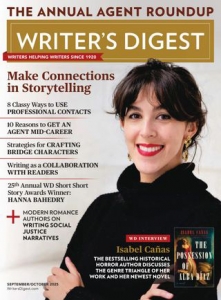Titles — Seldom What They Seem
One lesson we content marketers learn pretty quickly is that the rose may not smell as sweet “by any other name”. In other words, titles are super-important. Periodically, I browse the shelves at my neighborhood Barnes & Noble to find examples of how a single topic can be approached in a plethora of ways. Yesterday, I sauntered down the Healthy Living aisle, only to notice how, to a much greater extent than I’d noted a year earlier, that the majority of titles did NOT make clear what kind of content I might expect to find inside the cover!
- The Good Vices (Ofgang & Ofgang)
- High Octane Brain (Braun)
- Floating in the Deep End (Davis)
- Thinking Fast & Slow (Kahneman)
- Generation M (Shepherd)
- The 36-hour Day (Rabins)
- Outlive (Attila)
- The Vagina Business (Gerner)
When it comes to content marketing, all the titles show above could be classified as “Huhs?”, meaning that each needs a subtitle to make clear what the book is actually about. (The covers of the books named above did not offer even that type of clue.) There was one that had a “Huh? Oh! combination:
- How to Sleep Like a Caveman: Ancient Wisdom for a Better Night’s Rest (van de Laar).
True, in choosing titles for blog posts and articles, it’s a mistake to ignore the kind of “intrigue” demonstrated above, and the power of a title to engage interest. Yet, because the keywords and phrases in the title help search engines make the match between online searchers’ needs and what your business or professional practice has to offer, the content in the body of the post had better “match” the headline “promise”.
So, did I see any titles on that Barnes & Noble Healthy Living shelf that gave more of a clue to what I’d discover inside the covers? A couple…
- Eat Your Age: Feel Younger, Be Happier, Live Longer (Smith)
- The Hormone Shift (Bahtia)
In devising content titles, we’ve learned at Say it For You, it can be useful to incorporate an element of surprise. Going back to the Barnes & Noble titles:
- “good” and “vices” don’t belong together in the Ofgang title
- “fast” and “slow” don’t belong together in the Kahneman book
- “36-hour” and “day” startle in the Rabins title
- “generation M” – we’ve heard of Gen X, Y, and Z, but M?
The quality and information contained in your writing doesn’t matter if no one ever reads it,” as Roy Youngman of the Business Relationship Management Institute bluntly states. “The Title of anything helps the reader decide whether or not the subject warrants their precious time to read further.”






Follow us online!